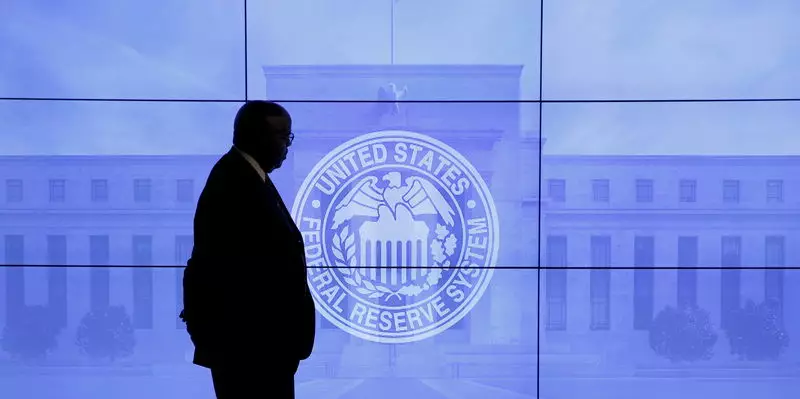During the recent Federal Open Market Committee (FOMC) meeting in July, Chairman Jerome Powell hinted at the possibility of a rate cut in September. While Powell did not provide specific guidance, his comments suggested that the committee is moving towards implementing a reduction, contingent on favorable inflation data. The market eagerly anticipates this potential rate cut, with Goldman Sachs economists noting that the bar for a September cut is not very high.
Powell addressed recent labor market changes during the meeting, emphasizing that the rise in the unemployment rate should be viewed as a sign of normalization rather than significant weakening. He stressed that the FOMC is closely monitoring the data and stands ready to act if necessary. Citi economists also highlighted the importance of labor market data in determining the Fed’s next steps. The reference to the Sahm rule, which historically indicates a downturn with a 0.5 percentage point rise in the three-month moving average unemployment rate, underscores the potential risks to the economy.
Goldman Sachs economists forecast favorable July inflation data, predicting a cut in core CPI and core PCE. They believe that even acceptable news in inflation data could lead to a rate reduction in September. Following this, they anticipate a pattern of rate cuts every other meeting, equivalent to a once-per-quarter pace. Citi economists also expect a rate cut in September and at subsequent meetings, aiming for a terminal rate of 3.25-3.50% by 2025. The decline in front-end Treasury yields signals that the market is pricing in the rate reductions projected for the rest of the year.
The recent FOMC statement reflected minor adjustments related to rising unemployment and slowing inflation. The committee acknowledged the increase in the unemployment rate but emphasized that it remains low. Progress towards reaching 2% inflation was described as “some further progress.” The most significant update was the attention given to risks on both sides of the FOMC’s dual mandate, balancing employment and price stability concerns. Citi economists noted that Chair Powell has repeatedly highlighted this balance in his statements, formalizing it in the committee’s statement.
The Federal Open Market Committee meeting in July provided key insights into the Fed’s stance on potential rate cuts. Chairman Powell’s signals, labor market changes, inflation data, and committee statement updates all point towards a possible rate reduction in September and subsequent meetings. The market is closely watching for further developments and adjustments to monetary policy as the Fed aims to balance economic factors and ensure stability in the financial system.


Leave a Reply